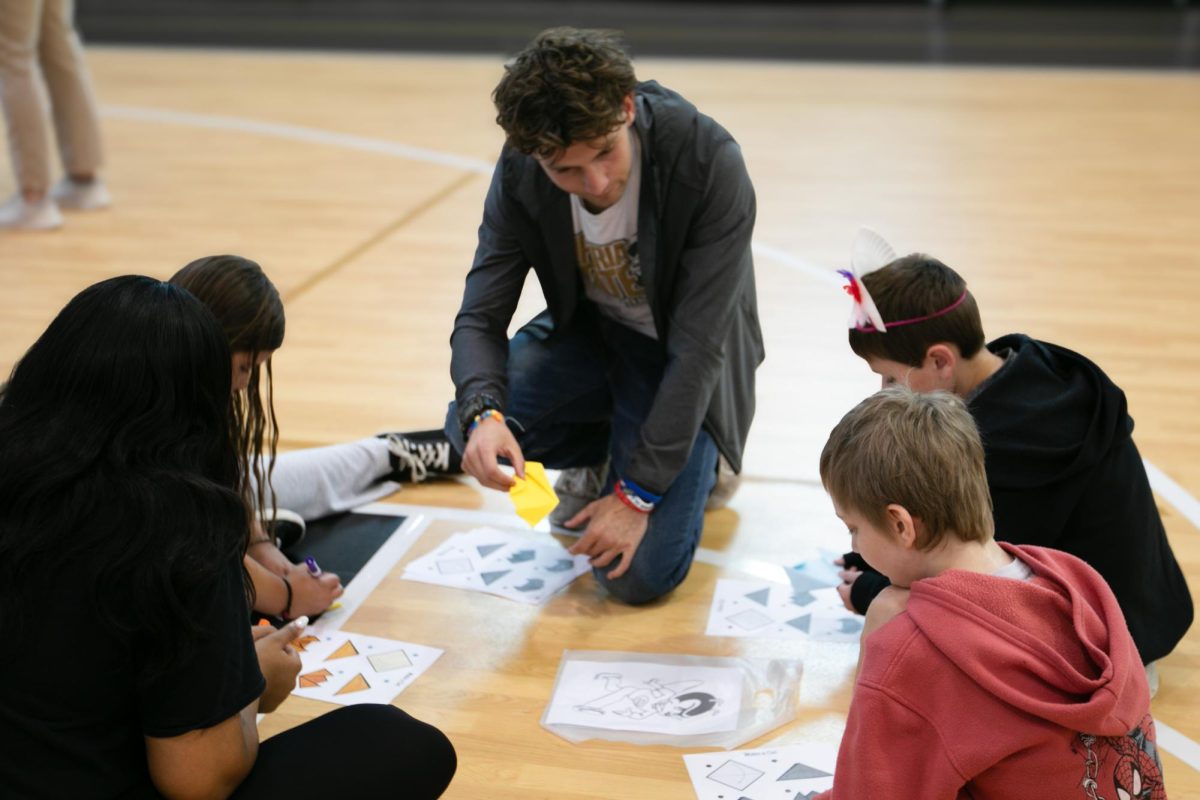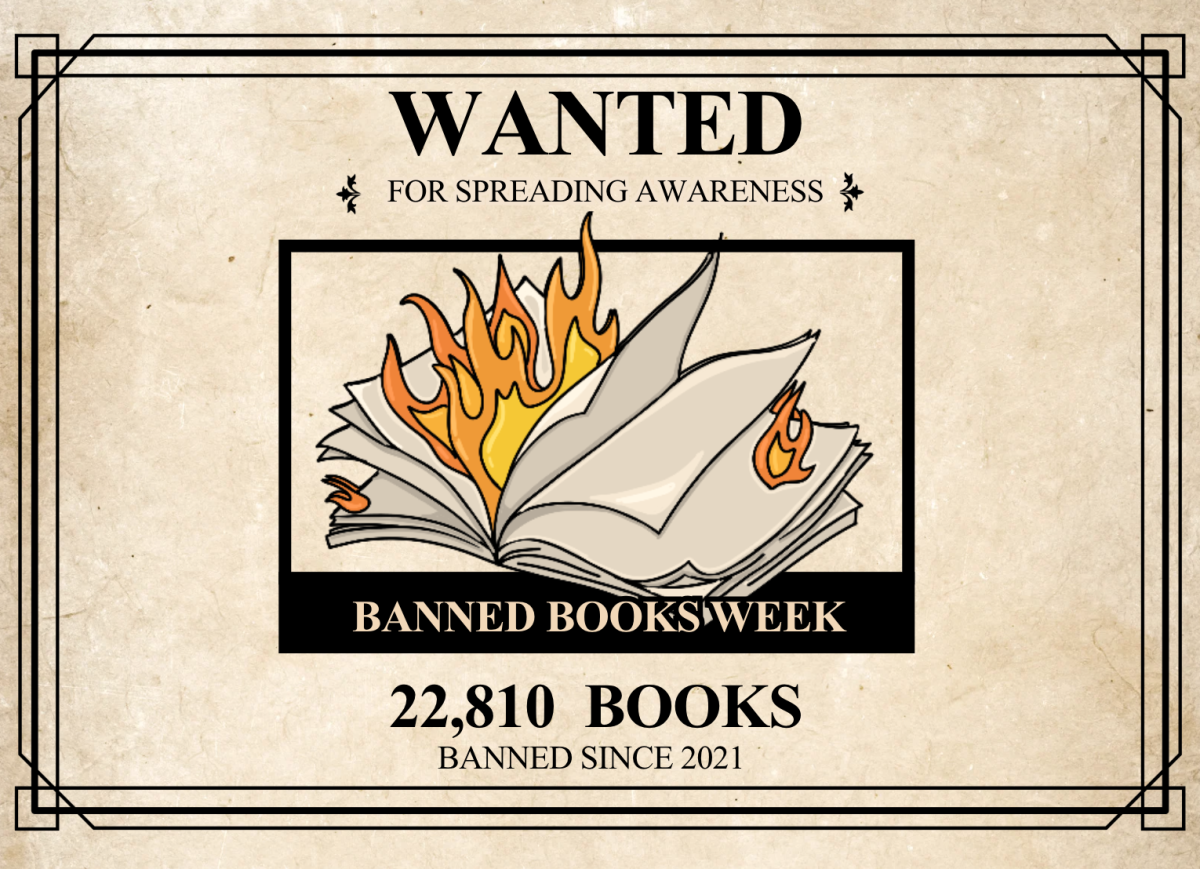For an assignment in her technology for educators class, sophomore art education student Madison Koehler investigated the potential educational uses of the artificial intelligence tool called “Chat PDF”. Although she had never heard of the application, she found it useful for summarizing one of her textbook’s chapters and asking it questions about the text.
According to its website, Chat PDF is a free AI-powered application intended to support readers’ speed and understanding of online journal articles and other text-based media. The user uploads a PDF file to the app and it automatically generates a brief summary of the article. When prompted, the app answers questions about the text and provides citations for those answers, allowing users to “talk” to the PDF.
Blair Falldine, Koehler’s instructor for her technology for educators course and a former English teacher, believes that the use of tools like Chat PDF assists both students and teachers to clarify the meaning of dense texts or hard-to-understand readings. She points to an example of how Chat PDF could help a class of students work through the Declaration of Independence and understand terminology that may be confusing.
“What you could do is provide students with a copy of the Declaration of Independence,” sayid Falldine, “teach them how to use Chat PDF, have them pull up the PDF and as they’re reading, ask it questions. So then, the teacher doesn’t have to run around and answer 25 students’ questions.”
Chat PDF may also be useful to college students. As readings for classes become more numerous and dense, a guide for confusing passages and terminology could be incredibly helpful. Chat PDF can generate vocabulary lists from the text to help students learn key terms. It can also create discussion questions to help students quiz themselves on their understanding of the text.
“So it’s kind of like having a tutor there to tutor you through anything you might be reading, which is really helpful,” Falldine said.
Important differences exist between generative AI like Chat GPT and text-based resources like Chat PDF. Generative AI uses massive bodies of text found on the Internet to inform responses to prompts. By contrast, Chat PDF responds only using text found in the PDF in use. This allows the app to extract precise quotes and information directly from the source, as opposed to the mass of potentially unreliable information promulgated by large language models.
“With large language models like Chat GPT and things like that, they’re pulling information from all corners of the Internet,” said Falldine. “So then the information that they spit out, if you look at the internet as a whole, anyone could put their ideas out there. That’s great in some ways, but in other ways, it can perpetuate bias, it can provide incorrect information, things like that.”
As with any technology, the benefits of Chat PDF come with limits and even potential dangers. Falldine explains that artificial intelligence cannot think critically or adequately apply information from the text, and encourages students not to use AI for thinking.
“I teach a lot of educational strategies and concepts that then, on my assignments, I ask students to go apply,” said Falldine. “AI isn’t good at applying.”
Adam Hughes, an assistant professor of communication whose research focus is primarily in the areas of digital rhetoric and rhetoric of technology, suggests that an overreliance on AI in higher education can weaken the learned critical thinking skills of college graduates. He emphasizes that his courses are intended to develop students’ critical thinking skills and written and oral communication, and that he forbids the use of AI for that reason.
“If Chat GPT goes down, these things aren’t going to be there forever, right? It may very well be that they get taken away. You can’t take away your critical thinking ability,” he said.
One way that Chat PDF can damage critical thinking abilities is by permitting confirmation bias. Hughes explains that asking an app like Chat PDF to find specific evidence from texts that confirms the user’s belief about the information causes the user to create a false impression of the text and its intended message when they don’t actually read it.
“Let’s say you have an article on crime statistics, a PDF of that, you put in Chat PDF, and then you say, ‘Give me evidence from this article that I can use to support an argument that crime is increasing,’” said Hughes. “Well, maybe Chat PDF will find you that one stat and you can use this in an article or your own piece that claims that crime is increasing, even if the article overall says exactly the opposite, that crime is decreasing.”
Despite the potential pitfalls of this technology, Falldine believes that the use of AI in educational contexts is not going away and emphasizes the importance of training the next generation to use these tools ethically. She compares current attitudes toward AI in education to the previous rejection of calculators in math classes, when calculators have since become required tools.
“The point that I’m trying to make about AI is, AI is a tool, like a calculator,” she said. “Since it’s not going away, teaching students how to use it in ways that support their learning, rather than substitute their learning, is going to be really, really important for educators moving forward.”






